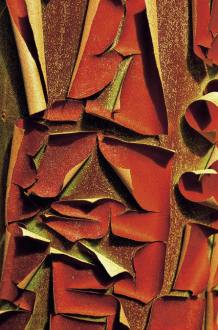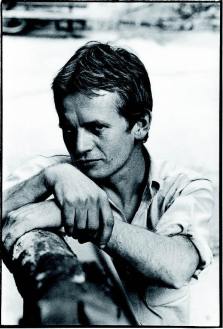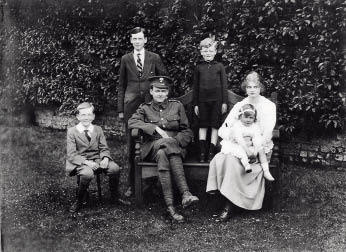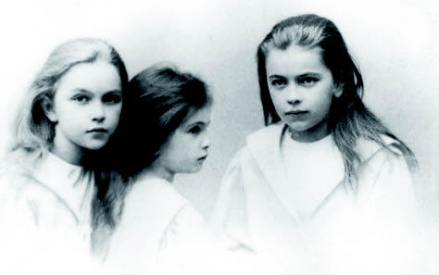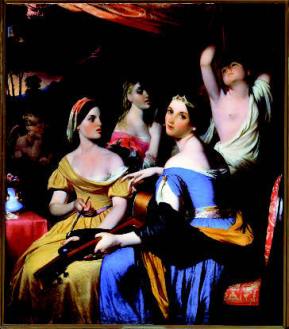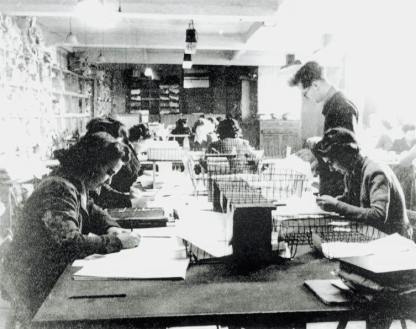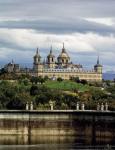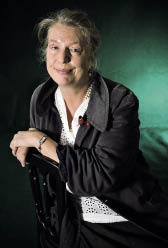Seeing the wood from the trees
This book is a work of art by an artistic photographer. It deals mainly with a large minority of the world’s trees whose bark, as the trunk expands, peels off in pretty patterns: snake-bark maples, arbutuses and the like, as well as the familiar London plane. The author has travelled all over the world to photograph these wondrous barks. He also includes some trees whose bark stretches, like white poplar, as well as palms whose trunks are covered in leaf-bases rather than bark, bamboos which are really giant grasses, banana-plants which are not trees, and tree-ferns. He even has one example of that mysterious hard layer that does the duty
